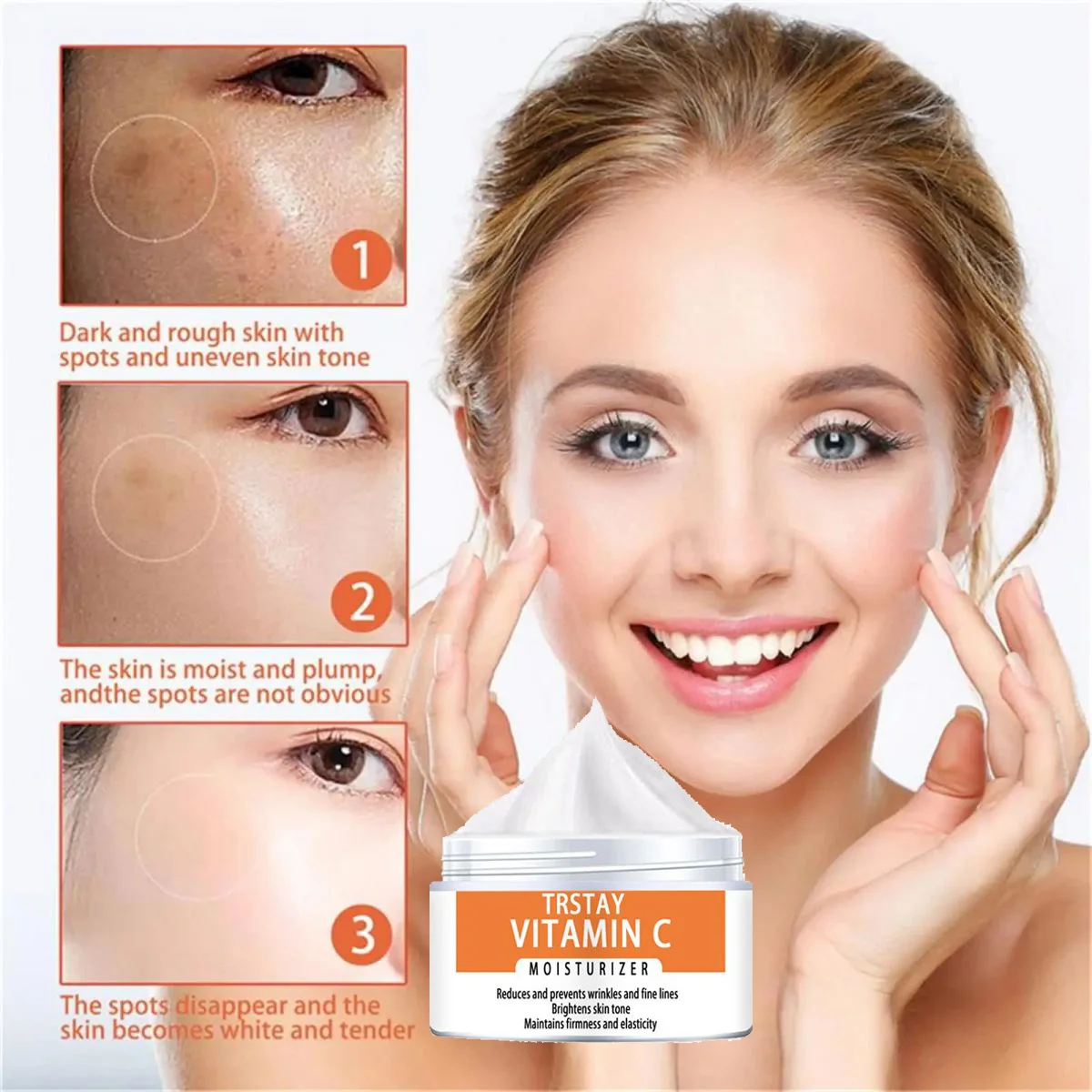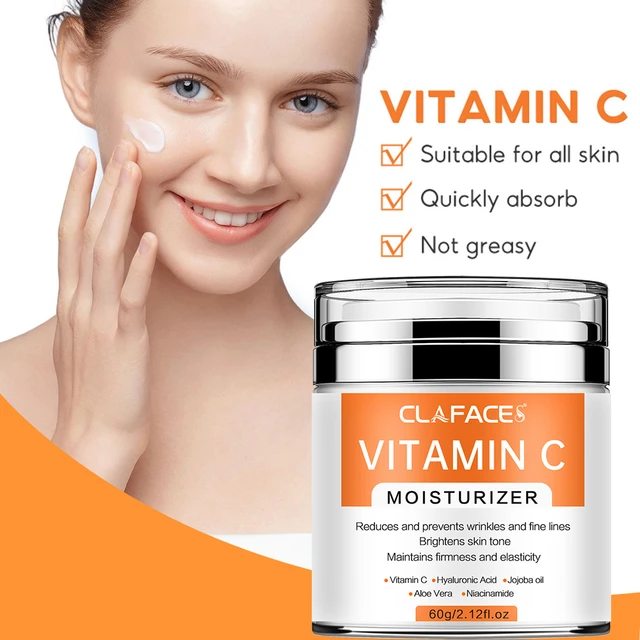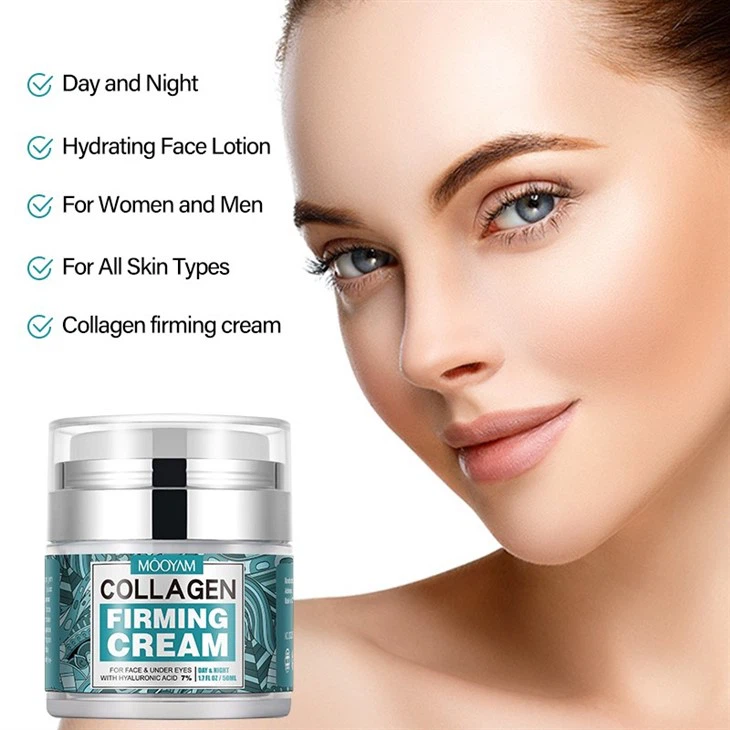
Vitamin A Cream for Face: The Ultimate Skin Rejuvenator
Understanding Vitamin A in Skincare
Vitamin A cream for face has revolutionized the skincare industry with its remarkable benefits for the skin. This powerful ingredient, also known as retinol in its over-the-counter form, belongs to a class of compounds called retinoids. Vitamin A creams work by penetrating the skin’s deeper layers, where they boost collagen production, increase cell turnover, and regulate sebum production. These actions result in smoother, clearer, and more youthful-looking skin. Vitamin A creams can address a wide range of skin concerns, including fine lines, wrinkles, acne, uneven skin tone, and sun damage.
The versatility of vitamin A makes it a popular choice for people of all ages and skin types. However, it’s important to note that vitamin A creams come in various strengths and formulations. Prescription-strength retinoids, such as tretinoin, offer more potent effects but may also cause more irritation. Over-the-counter retinol products, while gentler, still provide significant benefits when used consistently over time.
The Science Behind Vitamin A’s Effectiveness
The effectiveness of vitamin A in skincare stems from its ability to communicate with skin cells at a molecular level. When applied topically, vitamin A penetrates the skin and is converted to retinoic acid. This active form interacts with skin cell receptors, triggering a cascade of beneficial processes. Firstly, it accelerates cell turnover, which means dead skin cells are shed more quickly, revealing fresher, younger-looking skin underneath.
This process helps to unclog pores, reducing acne breakouts and improving skin texture. Secondly, vitamin A stimulates collagen and elastin production in the deeper layers of the skin. These proteins are essential for maintaining skin’s firmness and elasticity, thus reducing the appearance of fine lines and wrinkles. Additionally, vitamin A has been shown to inhibit the production of melanin, helping to fade dark spots and even out skin tone. It also has antioxidant properties, protecting the skin from free radical damage caused by UV radiation and environmental pollutants.

Choosing the Right Vitamin A Cream for Your Skin
Selecting the ideal vitamin A cream requires careful consideration of several factors. First, consider the concentration of vitamin A in the product. For beginners, it’s advisable to start with a lower concentration (0.01% to 0.03%) and gradually work up to stronger formulations as your skin builds tolerance. Those with sensitive skin may prefer products that contain retinyl palmitate, a milder form of vitamin A.
The vehicle or base of the cream also matters. Look for non-comedogenic formulations if you have oily or acne-prone skin. Dry or sensitive skin types may benefit from creams that incorporate hydrating ingredients like hyaluronic acid or ceramides. Consider the packaging as well; vitamin A is sensitive to light and air, so opt for opaque, airless pump bottles to ensure the product remains stable. Lastly, take into account any specific skin concerns you want to address. Some vitamin A creams are formulated with additional ingredients to target particular issues like hyperpigmentation or deep wrinkles.
Incorporating Vitamin A Cream into Your Skincare Routine
Introducing vitamin A cream into your skincare regimen requires patience and a strategic approach. Start by using the product once or twice a week, allowing your skin time to acclimate. Gradually increase the frequency of use as your skin builds tolerance. Apply vitamin A cream in the evening, as it can increase skin sensitivity to sunlight. Begin with a pea-sized amount for the entire face, avoiding the delicate eye area unless using a product specifically formulated for that region.
After cleansing and toning, apply the vitamin A cream to dry skin. Wait a few minutes before applying other skincare products to allow the vitamin A to absorb properly. Always follow up with a moisturizer to combat potential dryness. In the morning, be sure to use a broad-spectrum sunscreen with at least SPF 30, as vitamin A can make your skin more susceptible to sun damage. When using other active ingredients like vitamin C or alpha-hydroxy acids, consider alternating them with vitamin A rather than using them simultaneously to prevent irritation.

Benefits of Vitamin A Cream for Different Skin Types
One of the remarkable aspects of vitamin A is its suitability for various skin types and concerns. For those with oily or acne-prone skin, vitamin A helps regulate sebum production and unclogs pores, reducing acne breakouts. It also helps fade acne scars and post-inflammatory hyperpigmentation. Individuals with dry or mature skin benefit from vitamin A’s ability to stimulate collagen production, which improves skin elasticity and reduces the appearance of fine lines and wrinkles.
For those with uneven skin tone or sun damage, vitamin A can help fade dark spots and improve overall skin texture. Even sensitive skin types can benefit from vitamin A, although they may need to start with lower concentrations or gentler formulations. Vitamin A cream can also help strengthen the skin barrier, making it more resilient to environmental stressors. Regardless of skin type, consistent use of vitamin A cream can lead to smoother, clearer, and more radiant skin over time.
Comparing Vitamin A to Other Anti-Aging Ingredients
While vitamin A stands out for its comprehensive anti-aging benefits, it’s not the only player in the game. Other popular anti-aging ingredients include vitamin C, peptides, and alpha-hydroxy acids (AHAs). Vitamin C is a powerful antioxidant that brightens skin and protects against free radical damage. Peptides stimulate collagen production and can help firm the skin. AHAs exfoliate the skin, improving texture and tone.
Each of these ingredients has its merits, but vitamin A remains unique in its ability to address multiple skin concerns simultaneously. It tackles fine lines, wrinkles, acne, uneven skin tone, and texture all at once. Some skincare products combine vitamin A with these other ingredients for enhanced results. For instance, vitamin A pairs well with vitamin C when used at different times of the day, offering both protection and repair. However, it’s essential to introduce new ingredients gradually to avoid overwhelming the skin.

Managing Expectations and Side Effects
While vitamin A offers impressive benefits, it’s crucial to manage expectations and be aware of potential side effects. Results from vitamin A creams don’t appear overnight. Most users start seeing improvements after 4-6 weeks of consistent use, with significant changes in skin texture and appearance taking 3-6 months or more. During the initial weeks of use, some side effects may occur. These can include dryness, redness, peeling, and increased sensitivity.
This process, often referred to as “retinization,” is usually temporary and indicates that the skin is adjusting to the vitamin A. To minimize these side effects, start with a lower concentration and use the product less frequently. If irritation persists, consider switching to a gentler formulation or consult a dermatologist. It’s also important to note that vitamin A creams are not recommended during pregnancy or breastfeeding. Always consult with a healthcare provider before starting any new skincare regimen, especially if you have sensitive skin or are prone to allergies.
Debunking Common Myths About Vitamin A Creams
Despite the popularity of vitamin A in skincare, several myths surround its use. One common misconception is that vitamin A thins the skin. In reality, vitamin A thickens the dermis, the deeper layer of skin, by stimulating collagen production. Another myth suggests that vitamin A exfoliates the skin. While it does increase cell turnover, it’s not an exfoliant in the traditional sense. Some believe vitamin A can’t be used around the eyes, but specially formulated eye creams with vitamin A exist.
There’s also a myth that vitamin A can’t be used in summer. While sun protection is crucial, vitamin A can be used year-round with proper precautions. Lastly, the belief that higher percentages always yield better results is misguided. The best concentration depends on individual skin tolerance and needs. It’s important to start with lower concentrations and gradually work up to stronger formulations as your skin builds tolerance.

The Future of Vitamin A in Skincare
As skincare technology advances, the future of vitamin A looks promising. Researchers are developing new delivery systems to enhance vitamin A’s stability and effectiveness while minimizing irritation. Encapsulation technologies, which protect the vitamin A molecule until it penetrates the skin, are becoming more sophisticated. This approach may increase efficacy while reducing side effects. Additionally, scientists are exploring vitamin A derivatives that offer similar benefits with less irritation.
For instance, retinyl retinoate and hydroxypinacolone retinoate are newer forms of vitamin A that show promise in early studies. The combination of vitamin A with other cutting-edge ingredients is another area of ongoing research. These innovations may lead to even more potent anti-aging formulations in the future. Moreover, personalized skincare is on the rise, with companies developing vitamin A products tailored to individual skin types and concerns based on genetic analysis and artificial intelligence.
Conclusion: Embracing Vitamin A for Radiant, Youthful Skin
Vitamin A cream for face has earned its reputation as a powerhouse ingredient in skincare. Its ability to address multiple skin concerns makes it a versatile and valuable addition to any skincare routine. While incorporating vitamin A cream requires some patience and care, the results can be transformative. Clear, smooth, and youthful-looking skin is achievable with consistent use of vitamin A creams. As with any skincare product, individual results may vary.
It’s essential to choose products suited to your skin type and concerns. Consulting with a dermatologist can provide personalized guidance on incorporating vitamin A into your routine. Remember to always pair vitamin A use with adequate sun protection. With proper use and realistic expectations, vitamin A cream can help you achieve the radiant, healthy skin you desire. Embrace the power of vitamin A and unlock your skin’s full potential for a more youthful and glowing complexion.

